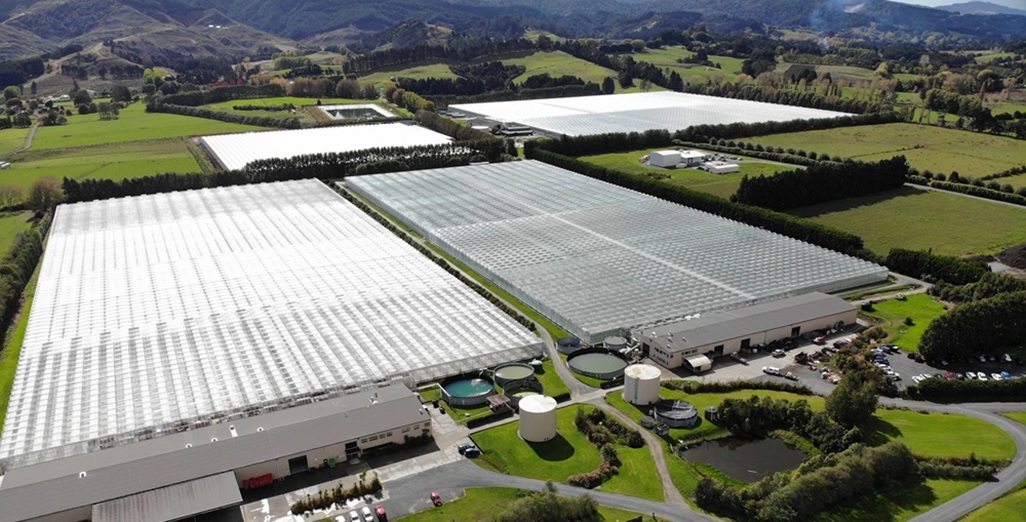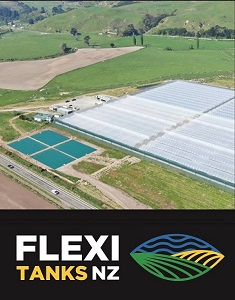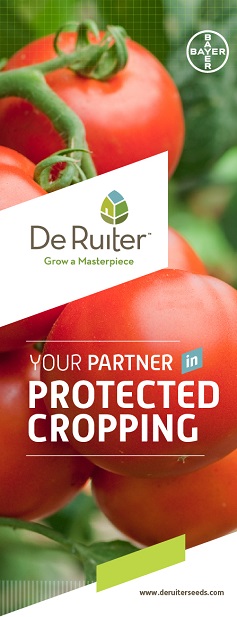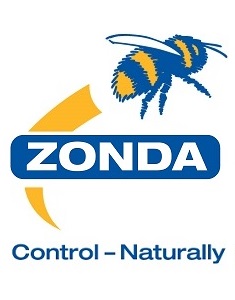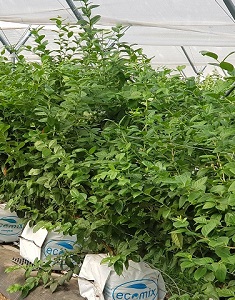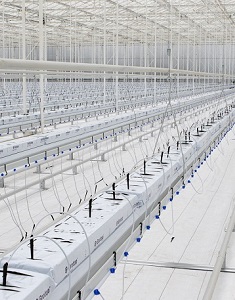Sign up here to subscribe to the Grower2grower Ezine. Every two weeks you will receive new articles, specific to the protected cropping industry, informing you of industry news and events straight to your inbox.
Oct 2020
Zoom Thrip Workshop Review

Berry and Cucumber Market worth NZ $2 Billion
Two weeks ago, Dr Gunjan Gera gave a 30-minute presentation, via Zoom, discussing several options for growers to combat thrip populations and the damage they cause. I asked Dr Gera to focus on two crops in particular that are renowned to be severely affected by thrips, cucumbers and berries.
Two immediate statements caught my attention was the size of those combined markets valued at $2 billion NZ! With Thrip damage estimated to cause anywhere from $5,000 to $50,000 /ha/year it is evident that limiting thrip damage is vitally important. I predict that for indoor cucumber production that the cost per ha could be much higher when thrips rapidly take control.
Virus Carriers:
Thrips carry over 20 viruses including being vectors for Tomato Spotted Wilt Virus (TSWV) which is particularly harsh on susceptible capsicum varieties.
The current management of thrips on strawberries, in NZ, is mainly reliant on the agrichemical spray programme which is unsustainable and with the increasing number of crop covers/low tech greenhouses being built, for strawberries, then using beneficial insects to control thrips will be a great option.
Why use Integrated Pest Management (IPM)?
- Effective against pests
- Fine high-quality yield
- Safer for environment and workers
- Reduced Compliance
- Happy Consumers
- Stop the resistance build up
- High benefit/cost ratio
.jpg)
IPM is about three main factors:
A: Cultural, physical and behavioural control. This may involve, pruning, covers or reflective mulch for strawberries as an example
B: Biological Control, such as using beneficial insects, in this case Amblyseius cucumeris, Hypoaspis aculiefer, Macrotracheliella nigra and Green Lacewing
C: Chemical control (but only as last resort)
Even though chemicals are not preferred and can be harmful to beneficial insects they are a valuable tool that should only be used if biological intervention has not provided enough protection.
Monitoring:
With the introduction of sticky traps, you are able to trap and monitor thrip incursions as well as gauge population size and easily identify hot spots in a greenhouse. With this information you are able to correctly apply the beneficial insects, in the right place, to effectively control thrip populations spreading.
.png)
Application Rates:
Dr Gera provided beneficial insect application suggestions including the interval times. She also had a list of compatible products to help combat thrips as part of a sustainable IPM programme
Do The Predatory Mites Really Work:
Blueberry growers Gordon and Carla Van Oosterhout have completed a trial on a 1.5ha block of Blueberries, under a Quiedan tunnel in Tauranga. The trial duration was from September 2019 to September 2020. Thripex (Amblyseius cucumeris) was applied fortnightly, even though there were temperature variations from single digits to over 30 degrees the results were well received. There was a major reduction in spray application with only leaf rollers and other minor bugs requiring intervention. The use of Thripex was stopped while the use of other sprays was carried out.
.jpg)
Grower Feedback (Gordon and Carla Van Oosterhout)
“From our observation we have been very impressed with the results we have gained from using Thripex. It did a fantastic job and was very easy to use. We would definitely use it again and recommend it as an alternative to spraying”
A lighter touch:
As a protected cropping industry and especially those with cultivars effected by thrip damage IPM is another extremely valuable tool for the box. The major benefit is to reduce, and if possible, eliminate spraying insect pests that are building resistances to chemistry options. This will enable the protected cropping sector to continue to meet the demands of consumers.
Zonda Beneficials are playing a very important role in developing IPM programmes that benefit growers by creating sensible sustainable solutions. If you wish to know more about Zonda’s biological control products, please feel free to contact them.
Ph: 0800 4 ZONDA (96632)
www.zonda.net.nz

CLASSIFIED
Subscribe to our E-Zine
More
From This Category

Please support the 2025 Golf Day raising money for The Cancer Society
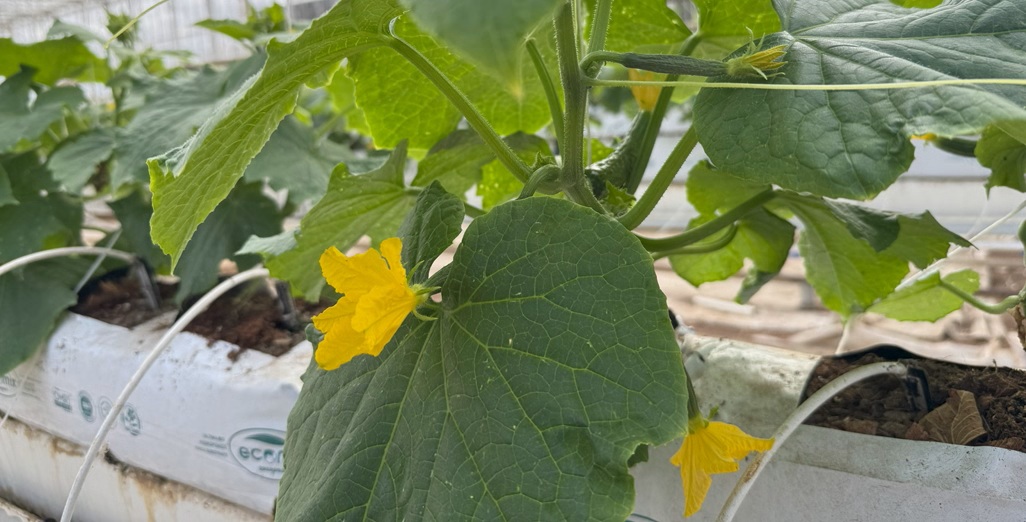
XI International Symposium on Irrigation of Horticultural Crops
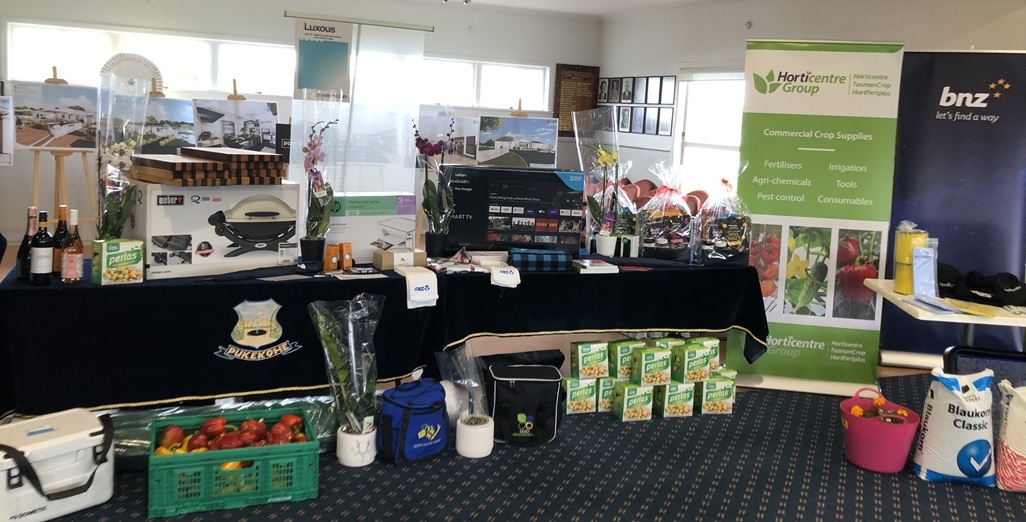
Purchase your 2025 Charity Golf Day Raffle Tickets online
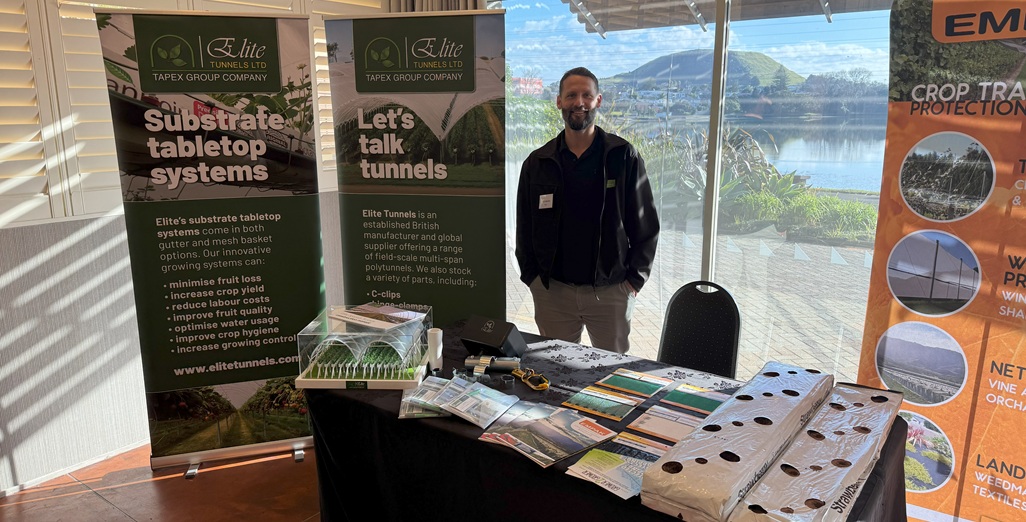
Strawberry New Zealand Conference Review
